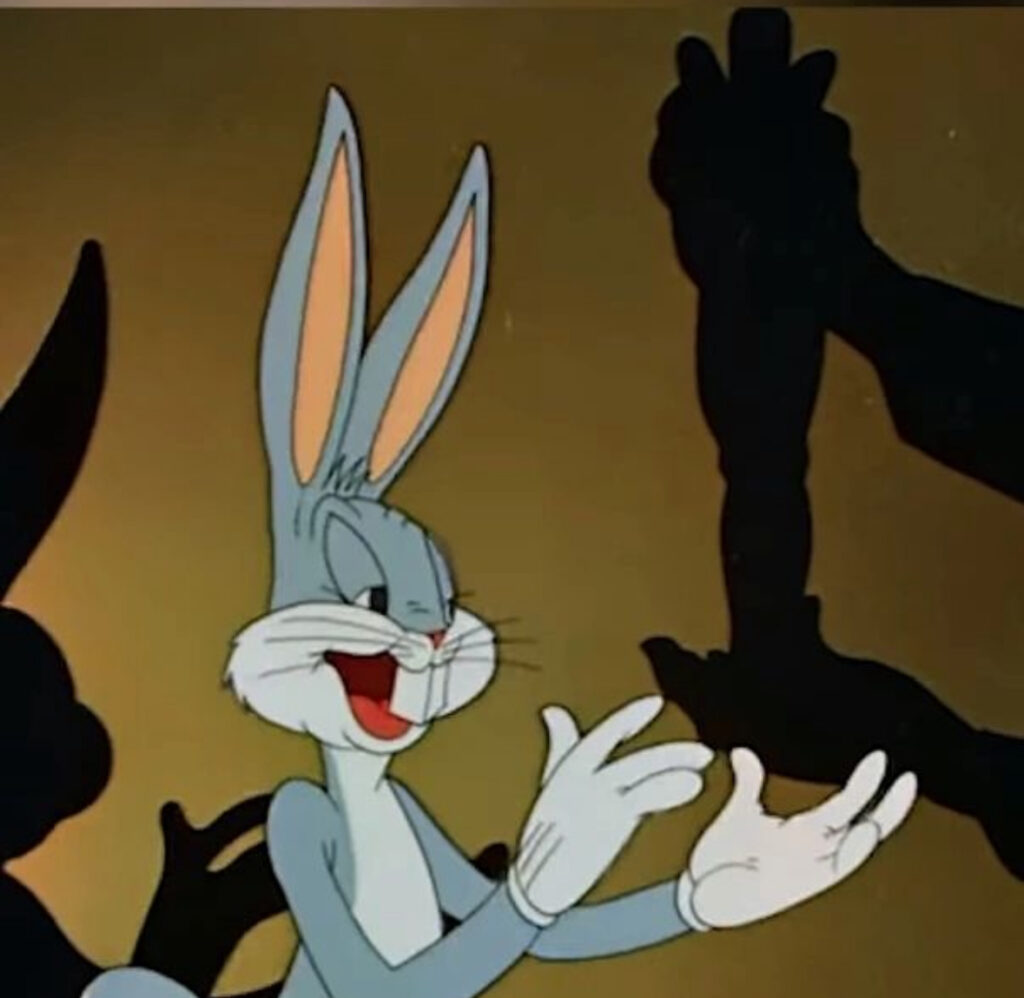Warner Brothers’ Bugs Bunny, the iconic animated character known for his wisecracking humor and enduring charm, reached a significant milestone in his storied career with the Oscar-winning cartoon featuring the Singing Sword. This achievement not only marked a pinnacle in animation history but also paved the way for subsequent accolades, establishing Bugs Bunny as a cultural icon and a testament to the artistry of Warner Brothers Animation. This article delves into the monumental achievement of Bugs Bunny’s Oscar win, explores the impact of the award on subsequent Warner Brothers productions, and highlights the legacy of this beloved character in the world of animation.
The Golden Age of Animation
The 1940s and 1950s are often referred to as the Golden Age of Animation, a period marked by significant advancements in animation technology and storytelling. Warner Brothers, with its Merrie Melodies and Looney Tunes series, was at the forefront of this movement, producing some of the most memorable and beloved cartoons of all time. Bugs Bunny, created by Tex Avery, Bob Givens, and Ben “Bugs” Hardaway, made his first official appearance in 1940’s “A Wild Hare,” quickly becoming a fan favorite.
The Oscar-Winning Cartoon
The cartoon featuring Bugs Bunny and the Singing Sword, “Knighty Knight Bugs,” was released in 1958. Directed by Friz Freleng, this short film showcased Bugs Bunny in a medieval setting, tasked with retrieving the Singing Sword from the villainous Black Knight, played by Yosemite Sam. The cartoon’s clever blend of humor, adventure, and musical elements captivated audiences and critics alike. At the 31st Academy Awards in 1959, “Knighty Knight Bugs” won the Oscar for Best Animated Short Subject, marking a significant achievement for Warner Brothers and the animation industry.
The Oscar win for “Knighty Knight Bugs” was a monumental achievement for Warner Brothers Animation, elevating the studio’s reputation in the industry. It demonstrated that animated shorts could be recognized for their artistic merit and storytelling excellence, paving the way for future projects and innovations. This recognition also validated the creative efforts of the animators, writers, and directors who brought Bugs Bunny to life.
Setting a Standard for Excellence
The success of “Knighty Knight Bugs” set a high standard for subsequent Warner Brothers productions. The studio continued to produce high-quality animated shorts that pushed the boundaries of the medium, incorporating innovative techniques and compelling narratives. This commitment to excellence helped Warner Brothers maintain its status as a leading animation studio, influencing the direction of the industry for years to come.
Subsequent Awards and Achievements
Following the Oscar win for “Knighty Knight Bugs,” Warner Brothers Animation continued to receive accolades and recognition for its work. The studio produced numerous award-winning cartoons, solidifying its reputation as a powerhouse in the animation industry. Some notable achievements include:
“The Dot and the Line” (1965): Directed by Chuck Jones, this animated short won the Oscar for Best Animated Short Subject. The film’s innovative use of geometric shapes and its whimsical narrative showcased the versatility and creativity of Warner Brothers Animation.
“What’s Opera, Doc?” (1957): Although it did not win an Oscar, this iconic cartoon, directed by Chuck Jones, was inducted into the National Film Registry in 1992 for its cultural, historical, and aesthetic significance. The short, which parodies Wagnerian opera, is widely regarded as one of the greatest animated films of all time.
Legacy of Bugs Bunny
Bugs Bunny’s Oscar win was a testament to the character’s enduring appeal and versatility. Over the years, Bugs Bunny has continued to be a central figure in Warner Brothers’ animation lineup, appearing in numerous films, television shows, and specials. Some key highlights of Bugs Bunny’s career post-Oscar include:
“The Bugs Bunny/Road Runner Movie” (1979): This compilation film, directed by Chuck Jones, featured some of the best-loved Bugs Bunny and Road Runner cartoons. It was well-received by audiences and critics, cementing Bugs Bunny’s status as a beloved cultural icon.
“Space Jam” (1996): Bugs Bunny starred alongside Michael Jordan in this live-action/animated hybrid film. “Space Jam” was a commercial success and introduced Bugs Bunny to a new generation of fans. Its sequel, “Space Jam: A New Legacy” (2021), further showcased the character’s enduring popularity.
“Looney Tunes: Back in Action” (2003): Another live-action/animated hybrid film, “Looney Tunes: Back in Action” featured Bugs Bunny and other classic Warner Brothers characters in a comedic adventure. The film celebrated the legacy of Bugs Bunny and his cohorts, highlighting their continued relevance in modern entertainment.
A Symbol of American Pop Culture
Bugs Bunny’s influence extends far beyond the realm of animation. The character has become a symbol of American pop culture, known for his quick wit, cleverness, and resilience. Bugs Bunny’s catchphrase, “What’s up, Doc?” is recognized worldwide, and his image has been used in various forms of media, from comic books to merchandise.
Influence on Modern Animation
Bugs Bunny’s success and the innovative techniques used in Warner Brothers cartoons have had a lasting impact on the animation industry. Modern animators and filmmakers often cite Bugs Bunny and the work of Warner Brothers Animation as major influences on their own creative endeavors. The character’s ability to break the fourth wall, his comedic timing, and his distinct personality have inspired countless animated characters and projects.
Representation and Legacy
Bugs Bunny’s appeal lies in his universal relatability. As a character who often outsmarts his adversaries with wit and charm, Bugs Bunny represents the underdog who triumphs against the odds. This timeless appeal has allowed Bugs Bunny to remain relevant across generations, transcending cultural and geographical boundaries.
The Oscar-winning achievement of Warner Brothers’ Bugs Bunny in “Knighty Knight Bugs” was a landmark moment in animation history. This monumental success not only elevated the status of Warner Brothers Animation but also set a standard for excellence that continues to influence the industry today. Bugs Bunny’s enduring appeal, cultural significance, and legacy as a beloved animated character are testaments to the creativity and innovation of Warner Brothers’ animators.
As we reflect on Bugs Bunny’s Oscar-winning triumph and the subsequent accolades that followed, it is clear that this iconic character has left an indelible mark on the world of animation. From his witty one-liners to his clever antics, Bugs Bunny remains a beloved figure, celebrated by fans and connoisseurs worldwide. The legacy of Bugs Bunny and the artistry of Warner Brothers Animation continue to inspire and entertain, ensuring that the spirit of this wisecracking hare lives on for generations to come.
No comments yet.







